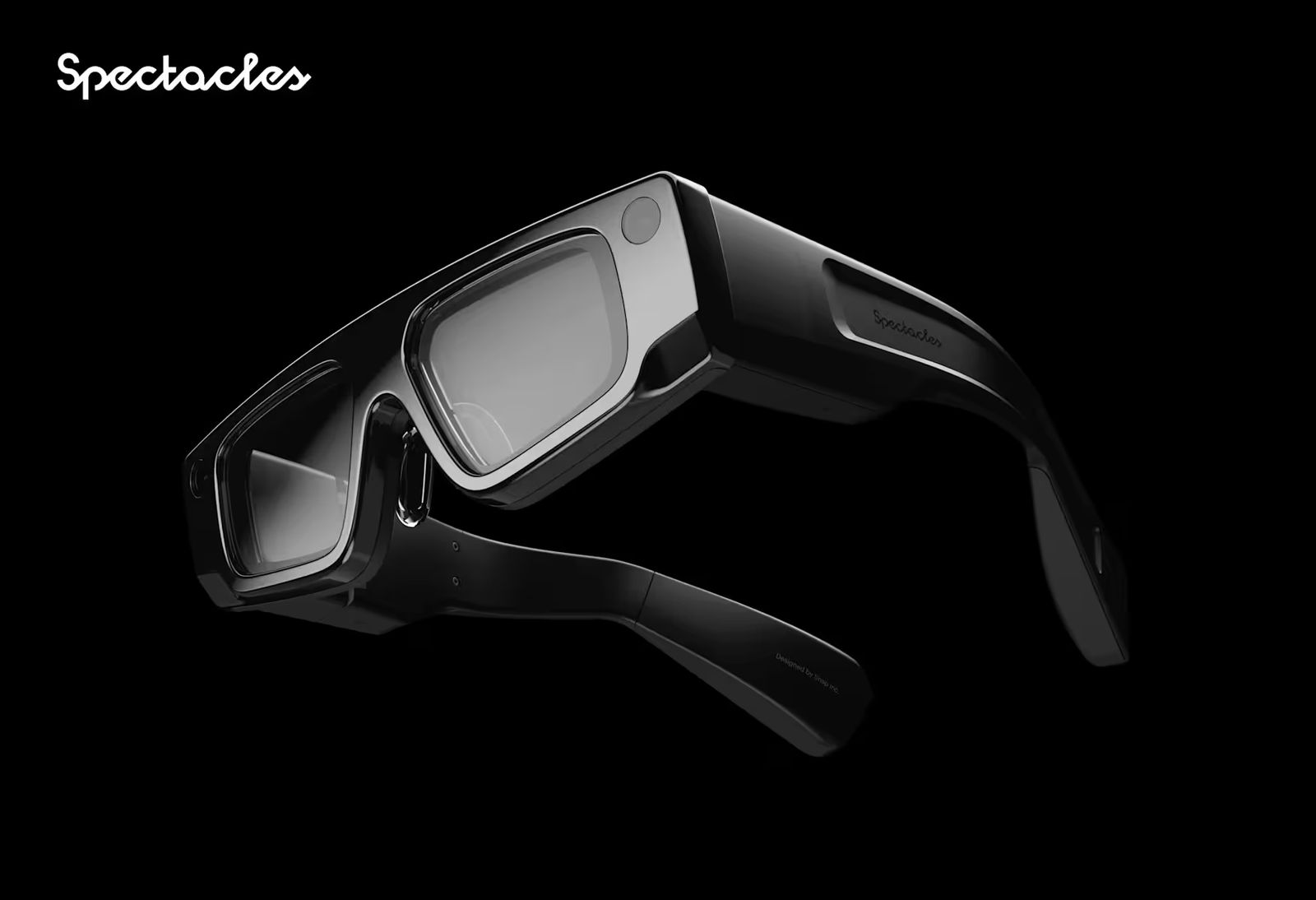Snap Inc views Indian developers as a crucial link in growing its efforts in augmented reality and making Snapchat the destination for compelling AR experiences.
“Over the last two years, the AR developer community in India has grown by more than half,” Srivatsan Jayasankar, Head of AR Developer Relations, Snap Inc, told indianexpress.com. The California-based company, an early adopter of augmented reality technology, sees augmented reality lenses and filters not only as a way to continue increasing engagement and attract new users but also as a means to bring new AR capabilities and buying methods to the market for advertisers.

India ranks as Snap’s second-largest market for the AR developer community. In India, Snapchat boasts a user base of over 200 million, according to Statista.
Story continues below this ad
Focus on India
Globally, Snap has 375,000 developers, and while the company has not disclosed how many are based in India, Jayasankar said the country holds a large share. India represents the highest number of lenses created on Snapchat, with users engaging with lenses 80 billion times a month. More than 85 per cent of Snapchat users in India engage with lenses to celebrate festivals with their friends and family. That number highlights why Snap is doubling down on its efforts to attract developers and partners to create custom augmented reality lenses.
 The fifth generation of Spectacles is a pair of transparent, standalone AR glasses redefining immersive experiences. (Image credit: Anuj Bhatia/The Indian Express)
The fifth generation of Spectacles is a pair of transparent, standalone AR glasses redefining immersive experiences. (Image credit: Anuj Bhatia/The Indian Express)
Speaking on the sidelines of the India AR Day event in Mumbai Wednesday, Jayasankar said, “The camera plays a huge role in AR. It has massive potential to change how people express themselves and communicate with their friends and family. That’s how we view very simple, playful lenses”.
Jayasankar said there has been increased interest from brands to use its AR tools to target customers and bring experiences that weren’t possible before. He said during Ajio’s big bold sale campaign on Snapchat, they reached 42 million users and drove a 22x Return on Ad Spend (ROAS). Similarly, when Myntra partnered with Snap during the speaker club, they used AR to let people explore different speaker ads, try out various speakers, and even make purchases directly from the platform.
Jayasankar said Snap has always been working on how to broaden the market for AR and encourage more brands — both big and small — to use the technology, providing them with the measurement tools they need and finding new ways for advertising to reach users. Last year, Snap introduced a new ad format called Sponsored AR Filters, which allows brands to create augmented reality overlays that can be added to Snaps after a photo or video is captured, but before it’s shared. Sponsored AR Filters differ from the platform’s existing Sponsored AR Lenses, as lenses are added to the camera screen before a user takes a photo or video, while filters are added after content is captured.
Story continues below this ad
Shifting focus to smaller towns
As Snapchat adds more users in India, its existing user base is no longer limited to well-heeled city folks but includes people from smaller parts of the country. And that’s where AR developers are emerging from. “We have a lot of AR developers who are creating lenses from regional cities. We conduct workshops where we train people on how to create regional lenses, which AR creators then adopt. We also see significant growth from Tier-2 and Tier-3 cities like Coimbatore, Gwalior, and Ambala,” said Jayasankar.
In a bid to win over Indian developers, Jayasankar said the company is making it easier for anyone to develop AR lenses. “We are making it simple to be an AR developer with our tools and start creating lenses,” he said, adding that there are no basic requirements. “I think the assumption was, do I need coding? Do I need designing? No. Today, anyone can be an AR developer with Snap Lens Studio. That is the power of Snap AR.”
 Srivatsan Jayasankar, Head of AR Developer Relations, Snap Inc.
Srivatsan Jayasankar, Head of AR Developer Relations, Snap Inc.
Late last year, Snap introduced a new feature, Easy Lens, that translates plain English descriptions into Lenses — Snap’s brand of augmented reality (AR) objects, 3D effects, characters, and transformations for photos and videos. As part of Snap’s developer platform, Lens Studio, Easy Lens uses generative AI models to parse what you write and automatically build a Lens using Lens Studio components in under 10 minutes. “With the launch of Easy Lens, anyone can become a lens developer. There’s no barrier to becoming a lens developer,” he added.
From AR to hardware space
But Snap’s ambition isn’t limited to AR experiences on its social media app, which for many years has only teased what augmented reality — a technology that overlays virtual images on live video of the real world — can do. The company has been eyeing AR for a long time and even ventured into the hardware space with the first pair of Spectacles in 2016. Since then, many bigger players — namely Meta — have joined the race, aiming to build true AR glasses.
Story continues below this ad
Last September, Snap CEO Evan Spiegel took the stage at its annual Snap Partner Summit to introduce its AR-capable, 5th-generation Spectacles. A week later, CEO Mark Zuckerberg unveiled the company’s most ambitious project: an augmented reality prototype called Orion. Both companies are betting on AR, with a vision that augmented reality-powered glasses will replace smartphones and become the next generation of computing platforms.
However, with the fifth-generation Spectacles, Snap is taking a developer-focused approach, allowing them to be the first to take charge and build AR experiences. This highlights the importance of the developer community, especially the existing developers who create AR lenses for Snapchat, as key to the future of Spectacles.
 Spectacles come with compact LCoS micro-projectors that deliver vivid, sharp images with impressive clarity. (Image: Snapchat)
Spectacles come with compact LCoS micro-projectors that deliver vivid, sharp images with impressive clarity. (Image: Snapchat)
“There’s a link between the lenses we have on the platform and the Spectacles. They are built using the same platform, Lens Studio. So, our developers who are building for Lens Studio today have the same capabilities to build for the Spectacles, which means the entire AR ecosystem we have within the developer base can now build for the Spectacles as well,” Jayasankar said, adding there are select Indian developers who are building AR experiences for the new Spectacles.
Snap is asking developers to pay $1,188 for a year to access these Spectacles. However, they must apply for access through Lens Studio, the company’s desktop tool for creating AR software, and pay $99 a month to rent a pair for at least one year.
Story continues below this ad
While Snap and Meta have introduced AR prototypes, they are still years away from selling those devices to consumers.
“With the fifth-generation Spectacles, we have added an AR layer, which lets you interact with digital three-dimensional objects around you, much like how you interact as a human in general. I think the expectations we have from our computers, which have predominantly just been screens for as long as we can remember, have to change. That is what Snap is powering,” Jayasankar said.



 The fifth generation of Spectacles is a pair of transparent, standalone AR glasses redefining immersive experiences. (Image credit: Anuj Bhatia/The Indian Express)
The fifth generation of Spectacles is a pair of transparent, standalone AR glasses redefining immersive experiences. (Image credit: Anuj Bhatia/The Indian Express) Srivatsan Jayasankar, Head of AR Developer Relations, Snap Inc.
Srivatsan Jayasankar, Head of AR Developer Relations, Snap Inc. Spectacles come with compact LCoS micro-projectors that deliver vivid, sharp images with impressive clarity. (Image: Snapchat)
Spectacles come with compact LCoS micro-projectors that deliver vivid, sharp images with impressive clarity. (Image: Snapchat)





